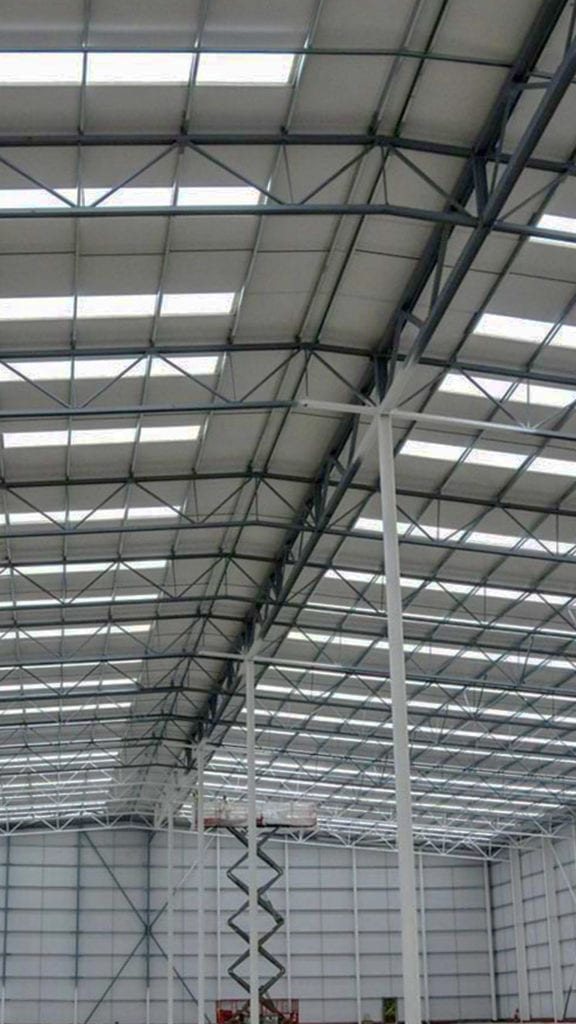Eco-Friendly Roofing Insulation in Australia: A Sustainable Solution for a Greener Future
Rain Heads to the Trade Shipped Free Australia Wide – Click Here >
Dambuster Rain Heads Shipped Free Australia Wide – Click Here >
Gutter Sumps to the Trade Shipped Free Australia Wide – Click Here >
Eco-Friendly Roofing Insulation Shipped Free – Click Here >
In the pursuit of sustainable living and reducing carbon footprints, eco-friendly roofing insulation has emerged as a pivotal solution in the construction and renovation industry. Australia, a country known for its diverse climate conditions, has been at the forefront of adopting innovative, environmentally-conscious practices. This article delves into the realm of eco-friendly roofing insulation in Australia, exploring its significance, the latest advancements, and how it contributes to a more sustainable built environment.
Introduction
Australia’s unique geographical features, including its extreme weather conditions, make roofing insulation a critical aspect of building design. The country experiences scorching summers and chilly winters, making it essential to maintain comfortable indoor temperatures while minimizing energy consumption. Eco-friendly roofing insulation is a multifaceted solution that addresses these challenges while reducing the environmental impact of buildings.
The Importance of Eco-Friendly Roofing Insulation
Roof insulation plays a crucial role in maintaining thermal comfort within buildings. In Australia, it is estimated that about 40% of a home’s energy usage is dedicated to heating and cooling. Without proper insulation, this energy consumption can skyrocket, resulting in higher energy bills and increased greenhouse gas emissions. Eco-friendly roofing insulation mitigates these concerns by providing efficient thermal performance while being environmentally responsible.
Types of Eco-Friendly Roofing Insulation
1. Green Roof Insulation
- Definition: Green roof insulation involves the cultivation of vegetation on the rooftop, which not only insulates the building but also provides additional benefits such as natural cooling, stormwater management, and improved air quality.
- Benefits: Green roofs can significantly reduce the urban heat island effect, enhance aesthetics, and support biodiversity.
2. Reflective Roof Coatings
- Definition: Reflective coatings, typically made from white or light-colored materials, reflect sunlight and absorb less heat, reducing the building’s cooling load.
- Benefits: These coatings improve energy efficiency, reduce air conditioning costs, and contribute to a cooler urban environment.
3. Natural Insulation Materials
- Definition: Materials like sheep’s wool, cellulose, and recycled denim are eco-friendly insulation options that are sustainable and have high thermal resistance.
- Benefits: They have minimal environmental impact, are energy-efficient, and are often sourced locally.
Advancements in Eco-Friendly Roofing Insulation
1. Solar-Reflective Roofing Materials
Solar-reflective roofing materials, also known as cool roofs, have gained popularity in Australia due to their ability to reflect sunlight and heat. These materials are highly efficient in reducing indoor temperatures, thereby lowering the demand for air conditioning. They are often used in commercial buildings and are making their way into residential construction.
2. Advanced Insulation Technologies
Recent innovations in insulation technologies have led to the development of eco-friendly alternatives such as aerogels and vacuum insulation panels (VIPs). These materials offer superior thermal performance while using fewer resources and taking up less space than traditional insulation.
3. Recycled and Sustainable Materials
The use of recycled and sustainable materials for roofing insulation is on the rise. Recycled cellulose insulation, made from reclaimed paper products, and wool insulation derived from sheep’s wool are excellent examples. These materials not only reduce waste but also perform exceptionally well in thermal resistance.
Benefits of Eco-Friendly Roofing Insulation in Australia
- Energy Efficiency: By reducing the need for heating and cooling, eco-friendly insulation lowers energy consumption and carbon emissions, contributing to Australia’s climate goals.
- Cost Savings: Energy-efficient insulation leads to reduced energy bills, making it a cost-effective investment for homeowners and businesses.
- Improved Comfort: Eco-friendly insulation helps maintain consistent indoor temperatures, enhancing occupants’ comfort and well-being.
- Environmental Benefits: Using sustainable and recycled materials reduces the ecological footprint of construction projects, supporting a healthier environment.
- Regulatory Compliance: Many Australian states and territories have implemented building codes and regulations that promote energy efficiency and sustainable construction practices. Eco-friendly insulation helps builders meet these requirements.
Challenges and Considerations
While eco-friendly roofing insulation offers numerous advantages, there are challenges and considerations that professionals in the field must address:
- Cost: Initial costs for some eco-friendly insulation materials can be higher than traditional options, although long-term energy savings often offset this difference.
- Installation: Proper installation is critical for maximizing the performance of eco-friendly insulation materials. Professional expertise is essential to ensure airtightness and thermal effectiveness.
- Material Availability: Availability of eco-friendly materials may vary by region, making it important to consider local sourcing and supply chains.
- Maintenance: Some eco-friendly materials may require specialized maintenance to ensure longevity and performance.
Case Studies in Australia
1. The Pioneering Green Roof of Melbourne’s Council House 2
Melbourne’s Council House 2 (CH2) is renowned for its innovative green roof. This 6-star Green Star-rated building features an extensive green roof that not only provides insulation but also contributes to rainwater harvesting and biodiversity preservation. It stands as a symbol of sustainable architecture in Australia.
2. The CSIRO Energy-efficient House
The Commonwealth Scientific and Industrial Research Organisation (CSIRO) has designed an energy-efficient house to showcase sustainable building practices. The house utilizes advanced insulation materials and solar-reflective roofing to demonstrate the potential for reducing energy consumption and greenhouse gas emissions.
Conclusion
Eco-friendly roofing insulation in Australia represents a sustainable solution for creating energy-efficient, environmentally responsible buildings. From green roofs to reflective coatings and natural insulation materials, the options available continue to evolve, offering builders and homeowners choices that align with their environmental values and financial objectives.
While challenges remain, such as upfront costs and material availability, the long-term benefits of eco-friendly roofing insulation in terms of reduced energy consumption, cost savings, and environmental preservation are undeniable. As Australia continues to prioritize sustainability, the adoption of eco-friendly roofing insulation is poised to play a pivotal role in achieving a greener and more sustainable future for the nation.


